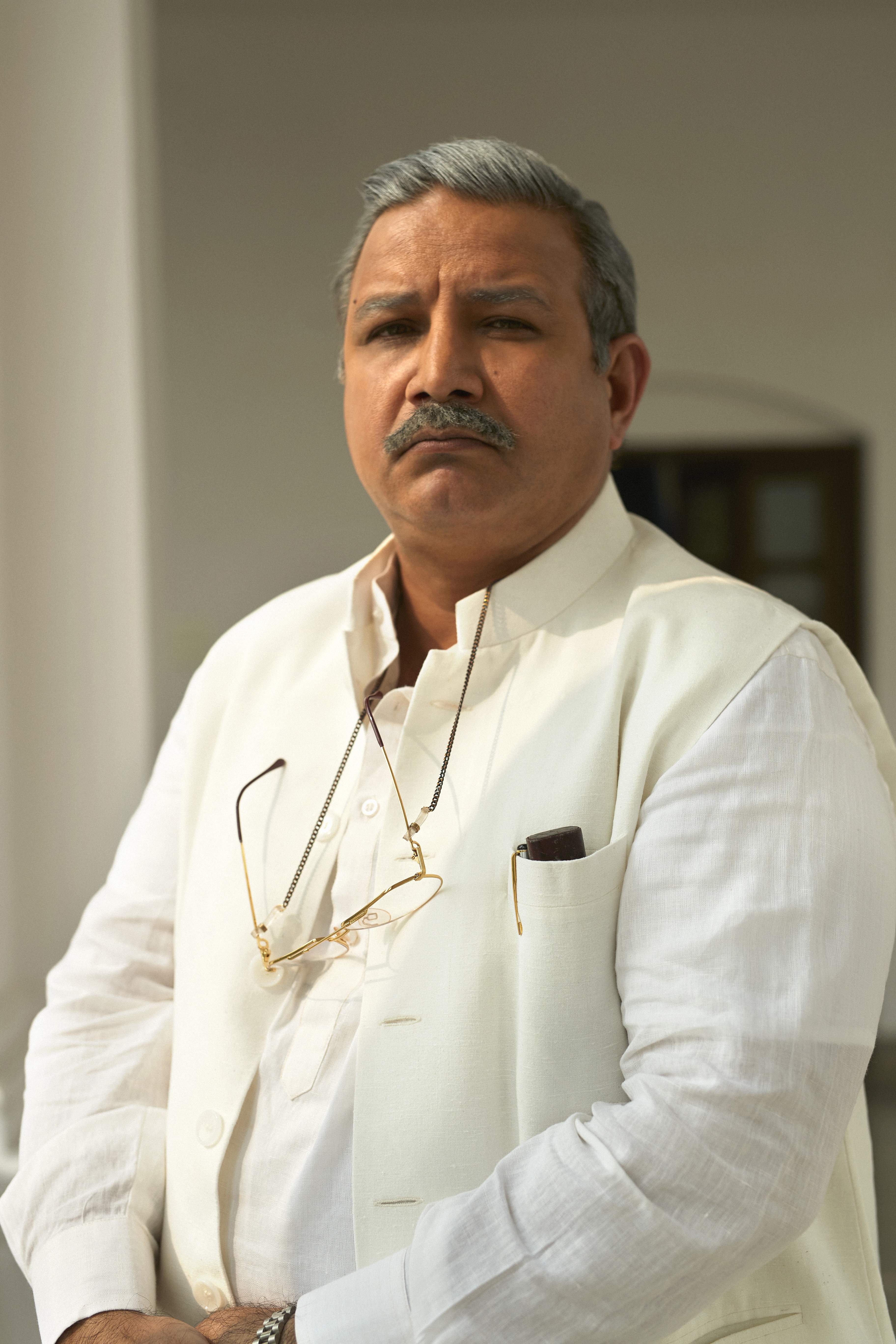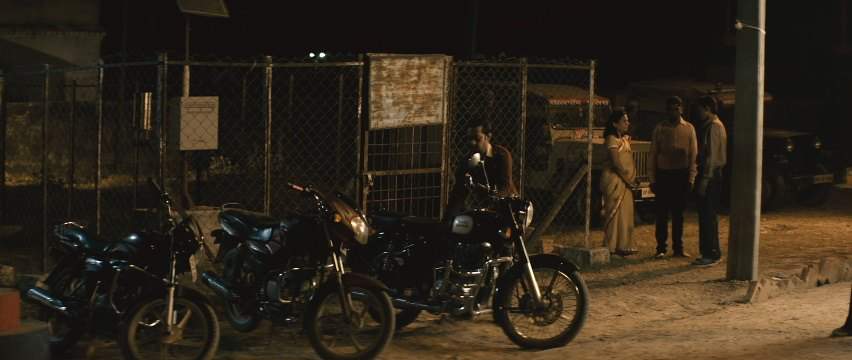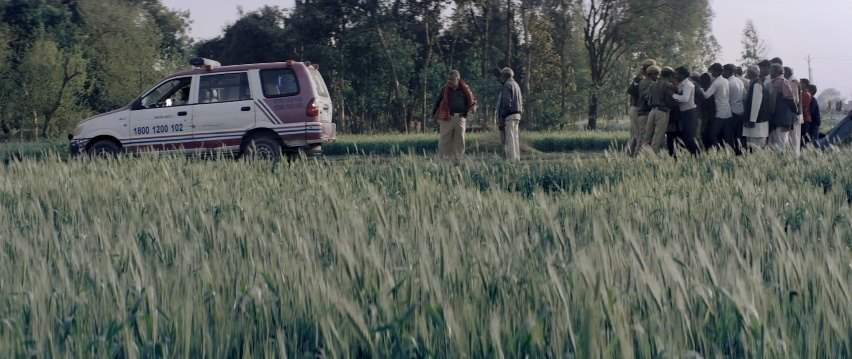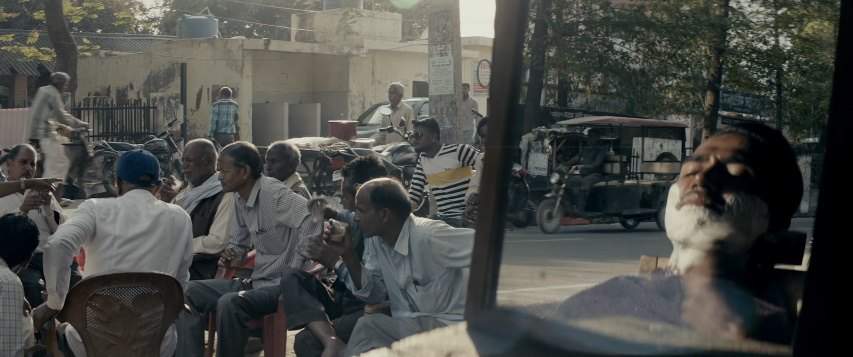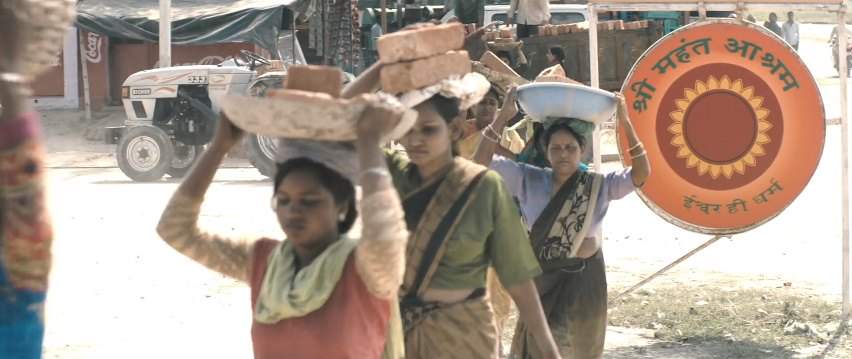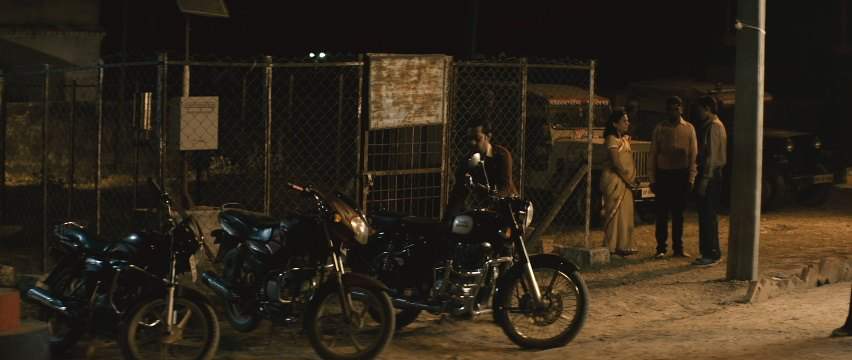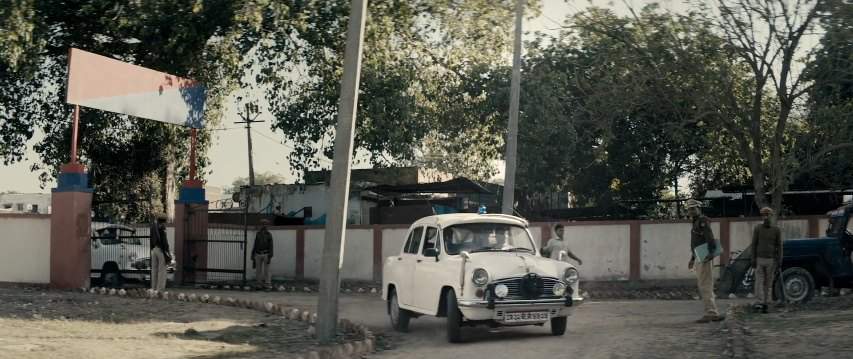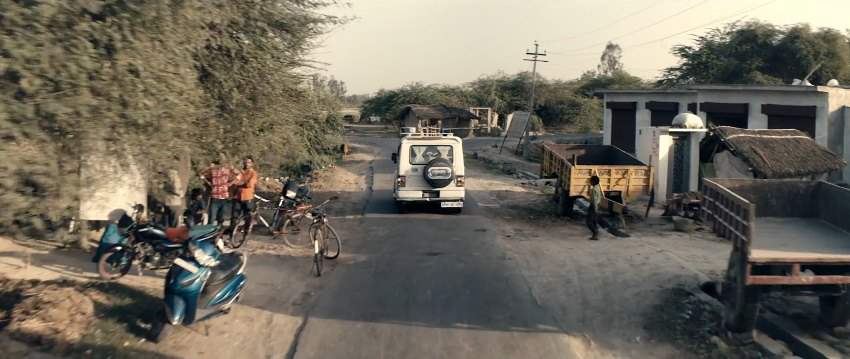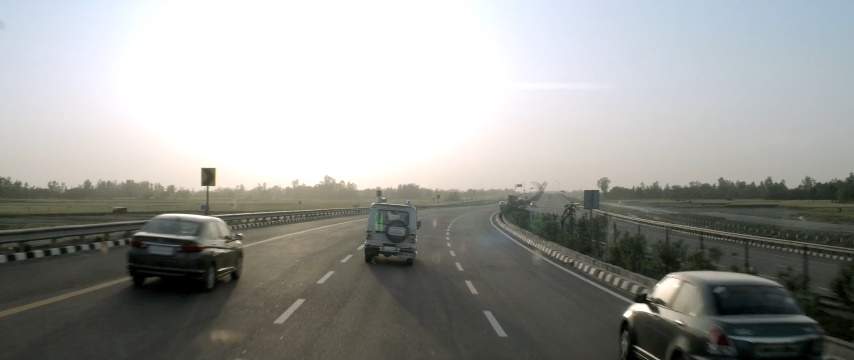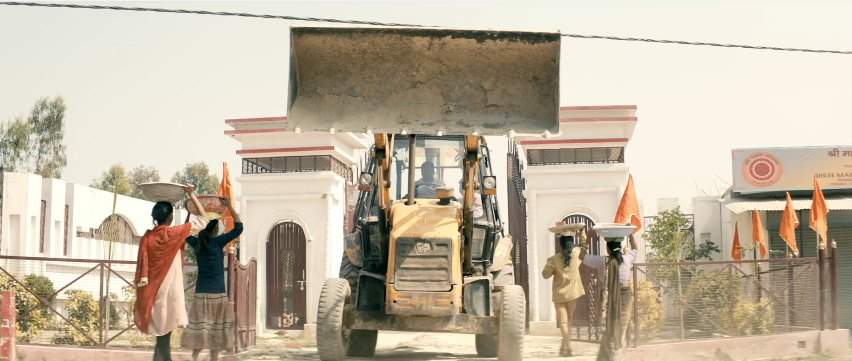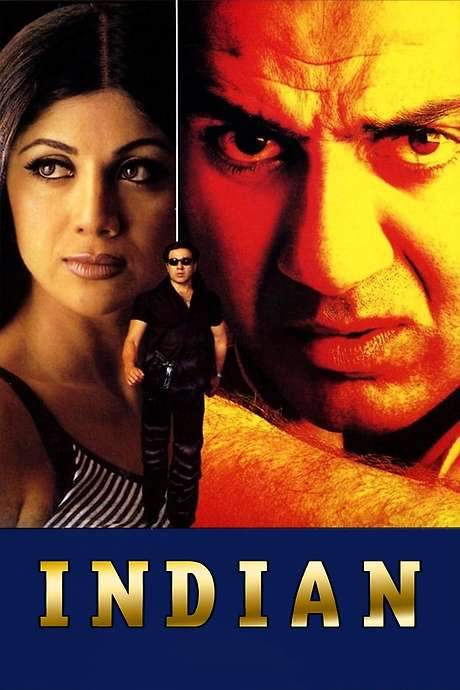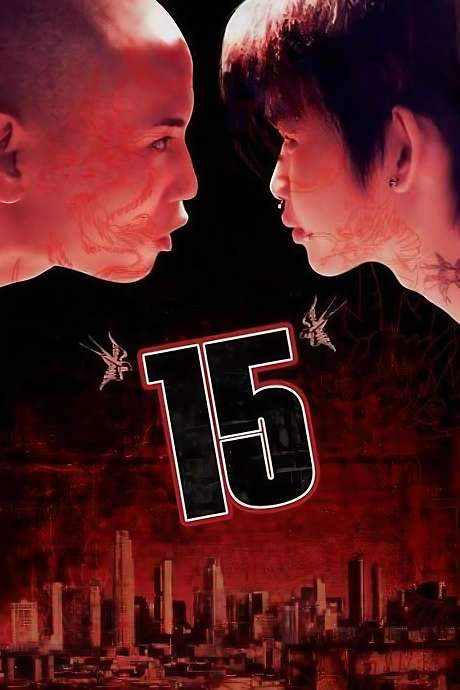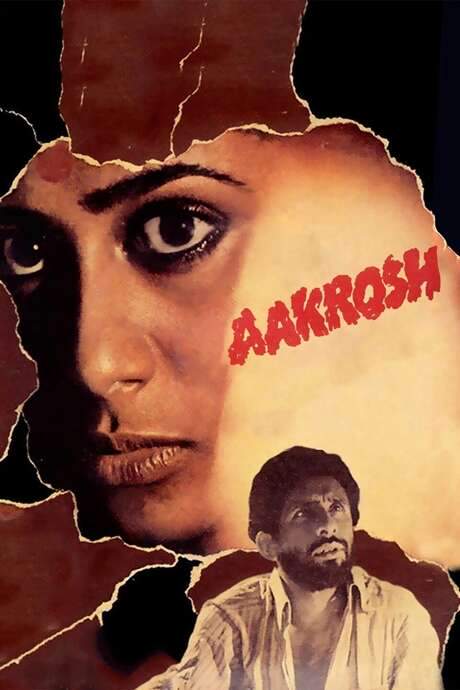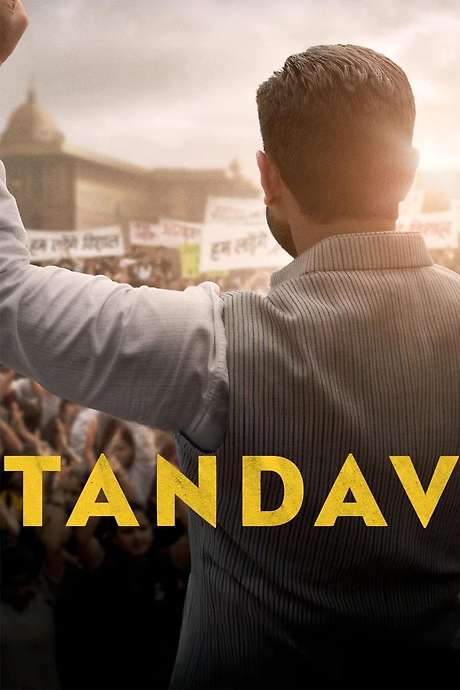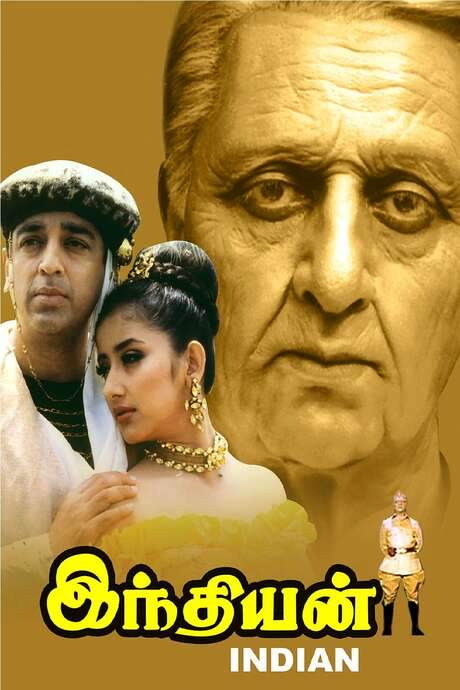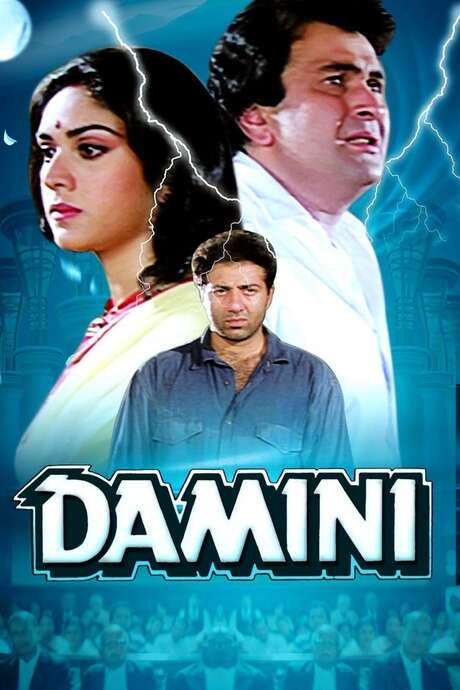Article 15 2019

This compelling Indian drama explores the pervasive issue of discrimination within India. Inspired by Article 15 of the Indian constitution, which prohibits discrimination based on religion, caste, gender, or place of birth, the film delves into the complexities of social inequality and the challenges faced by those fighting against it. It examines the nuances of prejudice and its impact on individuals and communities.
Does Article 15 have end credit scenes?
No!
Article 15 does not have end credit scenes. You can leave when the credits roll.
Meet the Full Cast and Actors of Article 15
Explore the complete cast of Article 15, including both lead and supporting actors. Learn who plays each character, discover their past roles and achievements, and find out what makes this ensemble cast stand out in the world of film and television.
External Links and Streaming Options
Discover where to watch Article 15 online, including streaming platforms, rental options, and official sources. Compare reviews, ratings, and in-depth movie information across sites like IMDb, TMDb, Wikipedia or Rotten Tomatoes.
Ratings and Reviews for Article 15
See how Article 15 is rated across major platforms like IMDb, Metacritic, and TMDb. Compare audience scores and critic reviews to understand where Article 15 stands among top-rated movies in its genre.

The Movie Echo Score
Article 15 delivers a powerful social thriller experience anchored by its bold thematic focus and robust craft elements. Critics and audiences praised the film’s cinematography and sincere storytelling, although several noted uneven pacing and underdeveloped secondary figures. The direction and visual design often underscore the narrative’s gravity, even as subplots occasionally dilute momentum. Ultimately, Article 15 leaves a memorable impression as a thought-provoking exploration of systemic injustice.
The Movie Echo Score Breakdown for Article 15

Art & Craft
In terms of art and craft, Article 15 excels with its striking visuals and polished production values. Reviewers consistently highlighted the film’s outstanding cinematography and well-composed framing that underscore rural landscapes. The editing is generally cohesive, with only minor transition lags in extended scenes. Overall, the film’s visual design and technical finesse reinforce the narrative’s intensity and contribute a distinctive aesthetic character.

Character & Emotion
When it comes to character and emotion, the lead performance is frequently noted for its intensity and sincerity. Ayushmann Khurrana’s portrayal anchors the narrative with nuanced conviction, while supporting roles deliver moments of impact. However, several secondary characters receive limited development, resulting in occasional tokenism. Consequently, the emotional resonance remains strong overall, though some individual arcs could have been deepened further.

Story & Flow
In terms of story and flow, Article 15 offers a sincere and thematically bold narrative that engages with social injustice. The plot’s grounding in real events gives it originality, yet extended subplots at times slow the pacing and reduce suspense. While the film retains engagement through its courageous messaging, the uneven tempo and minor coherence lapses temper the overall narrative momentum.

Sensory Experience
When considering sensory experience, the film benefits from a compelling score and authentic sound design that heighten dramatic tension. The visual style features an understated color palette that accentuates the rural setting, and sound mixing immerses viewers in pivotal sequences. Together, these elements create a cohesive atmosphere that reinforces the film’s emotional weight and maintains sensory engagement throughout.

Rewatch Factor
In terms of rewatch factor, Article 15 maintains lasting appeal through its provocative subject matter and striking moments. Many viewers appreciate revisiting key scenes for their thematic depth and visual detail. Nevertheless, the film’s deliberate pacing and occasional subplot distractions may lessen motivation for repeated viewings. On balance, its social commentary and memorable imagery support a moderate-to-high replay value.


90%
TOMATOMETER

94%
User Score

8.1 /10
IMDb Rating

75
%
User Score

3.7
From 19 fan ratings
Take the Ultimate Article 15 Movie Quiz
Challenge your knowledge of Article 15 with this fun and interactive movie quiz. Test yourself on key plot points, iconic characters, hidden details, and memorable moments to see how well you really know the film.
Article 15 Quiz: Test your knowledge on the poignant themes and events of the film Article 15.
What key social issue is highlighted in Article 15?
Caste discrimination
Economic disparity
Gender equality
Environmental issues
Show hint
Full Plot Summary and Ending Explained for Article 15
Read the complete plot summary of Article 15, including all major events, twists, and the full ending explained in detail. Explore key characters, themes, hidden meanings, and everything you need to understand the story from beginning to end.
The film unfolds in the village of Lalganj, where a lively song is interrupted by a harrowing incident: three Dalit girls are trapped in a school bus and subjected to a brutal assault by a group of men. Enter Ayan Ranjan (Ayushmann Khurrana), a recent graduate of St. Stephens College, who takes on the role of District Collector in Lalganj. Welcomed by local officers like Bhramadatt Singh (Manoj Pahwa) and Kisan Jatav (Kumud Mishra), Ayan is quickly faced with the stark reality of caste discrimination.
His first day is marked by uncomfortable encounters, such as being denied water from a local shop due to caste barriers and experiencing a patronizing welcome during his party, where he is served with a fresh plate, making it clear that there are rules even in dining. The situation escalates dramatically when, the very next day, the bodies of the assaulted girls are discovered hanging from a tree, while the third victim, Pooja, remains missing.
As forensic expert Dr. Malti Ram (Ronjini Chakraborty) conducts a postmortem, she uncovers disturbing evidence that the girls had been sexually assaulted. Yet, under pressure from Bhramadatt, she is forced to alter her report to cover up the real crime, framing it as an honor killing instead. Meanwhile, tensions rise as Nishaad (Mohammed Zeeshan Ayyub), a revolutionary, retaliates against Jatav and his men, igniting a chain of events that compels Ayan to take a stand for justice.
Realizing the depth of the injustice, Ayan is spurred into action, especially when Gaura (Sayani Gupta), a relative of the victims, provides critical context about the girls’ recent demands for a meager salary increase from their employer, a local builder named Anshul Naharia. Determined to dig deeper, Ayan seeks Anshul’s testimony despite pushback from Bhramadatt, who wishes to close the case quickly.
During the interrogation, Anshul chillingly declares, > “Their status is what we give them,” provoking Ayan to confront the systemic oppression in the political landscape. In response, Ayan makes a bold move by placing a reminder of Article 15 of the Indian Constitution in the police station, emphasizing that any form of caste discrimination is abhorrent and illegal.
Ayan’s perseverance pays off when he arranges for a DNA test that ultimately links Anshul to the sexual assaults. However, as he pieces together the evidence of Pooja’s fate, he faces obstruction at every turn. The prevailing caste dynamics dissuade others from aiding his investigation, intensifying the challenge he faces. In a desperate plea, he reaches out to Nishaad, seeking support from the disenfranchised Dalit villagers.
With mounting pressure, Ayan escalates the case by involving the CBI, leading to the arrival of investigator Panikar (Nassar). As the investigation unfolds, it emerges that Bhramadatt is not only complicit in the cover-up but also directly involved in the heinous acts committed against the girls.
Through the convictions of old acquaintances like Satyendra (Aakash Dabhade), Ayan gathers enough evidence to arrest Bhramadatt. As the film reaches its climax, the narrative weaves a tapestry of betrayal, systemic injustice, and the relentless pursuit of truth. The climax sees Ayan uncovering Pooja, hidden away and on the verge of despair, leading to the conviction of her tormenters.
Through sheer determination and integrity, Ayan Ranjan emerges as a portrait of hope as he orchestrates a quest for justice amidst a corrupt system. Bhramadatt’s ultimate conviction lasts 11 years, symbolizing a small yet significant win against the oppressive forces surrounding them.
Uncover the Details: Timeline, Characters, Themes, and Beyond!

Coming soon on iOS and Android
The Plot Explained Mobile App
From blockbusters to hidden gems — dive into movie stories anytime, anywhere. Save your favorites, discover plots faster, and never miss a twist again.
Sign up to be the first to know when we launch. Your email stays private — always.
Discover Film Music Concerts Near You – Live Orchestras Performing Iconic Movie Soundtracks
Immerse yourself in the magic of cinema with live orchestral performances of your favorite film scores. From sweeping Hollywood blockbusters and animated classics to epic fantasy soundtracks, our curated listings connect you to upcoming film music events worldwide.
Explore concert film screenings paired with full orchestra concerts, read detailed event information, and secure your tickets for unforgettable evenings celebrating legendary composers like John Williams, Hans Zimmer, and more.


Cars Featured in Article 15
Explore all cars featured in Article 15, including their makes, models, scenes they appear in, and their significance to the plot. A must-read for car enthusiasts and movie buffs alike.
Article 15 Themes and Keywords
Discover the central themes, ideas, and keywords that define the movie’s story, tone, and message. Analyze the film’s deeper meanings, genre influences, and recurring concepts.
Article 15 Other Names and Titles
Explore the various alternative titles, translations, and other names used for Article 15 across different regions and languages. Understand how the film is marketed and recognized worldwide.
Similar Movies To Article 15 You Should Know About
Browse a curated list of movies similar in genre, tone, characters, or story structure. Discover new titles like the one you're watching, perfect for fans of related plots, vibes, or cinematic styles.
Quick Links: Summary, Cast, Ratings, More

What's After the Movie?
Not sure whether to stay after the credits? Find out!
Explore Our Movie Platform
New Movie Releases (2025)
Famous Movie Actors
Top Film Production Studios
Movie Plot Summaries & Endings
Major Movie Awards & Winners
Best Concert Films & Music Documentaries
Movie Collections and Curated Lists
© 2025 What's After the Movie. All rights reserved.








